Palaeographical Aspects of Qurʾānic Manuscripts and the Qurʾānic Fragments of the University of Birmingham
This lecture took place in London, on 23rd November 2015, and resonated with the news that materialised earlier that year about the discovery of some fragments of Qur’an kept at the Mingana Collection in the Birmingham University Library. The assertion that the document - kept at Birmingham University - is part of one of the world’s oldest copies of the Qur’an, was strongly disputed by many scholars in the field of codicology and palaeography, who pointed out that the science of carbon dating is contradicted by other evidence. Among these scholars was Professor Qasim Al-Samarrai, Professor Emeritus of Palaeography and Codicology. Professor Al-Samarrai’s immedite reaction - after the news spread about the Birmingham fragments - was: “The fragments of the Qur’an folios that were found at Birmingham are not at all what they are claimed to be. They in fact belong to the end of the 2nd and the beginning of the 3rd century AH (after Hijrah), if not later. All the features in them: the script, dotting, use of gold and red ink, as well as the separation of verses (Ayat) and chapters (Suwar)...etc., indicate that they might have been written on parchments older than the script. Therefore, they are not as early as thought. Surprisingly enough, Berlin and Tubingen claim the same with their own fragments." In this lecture, Professor Al-Samarrai gives a detailed insight on the Birmingham folios, with a special focus on Qur’anic manuscripts palaeographical aspects in general, the accuracy of carbon dating tests, the Uthman copies of the Qur’an, as well as other aspects related to this topic.
 Shared Knowledge
Shared Knowledge
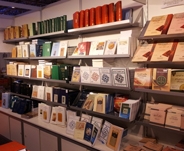
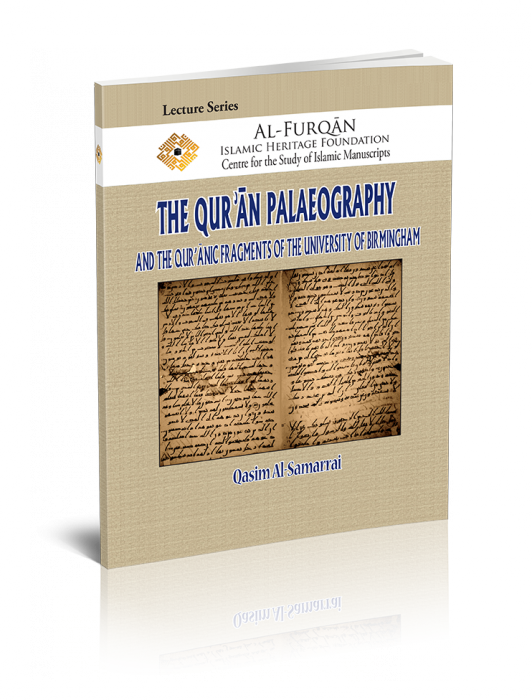
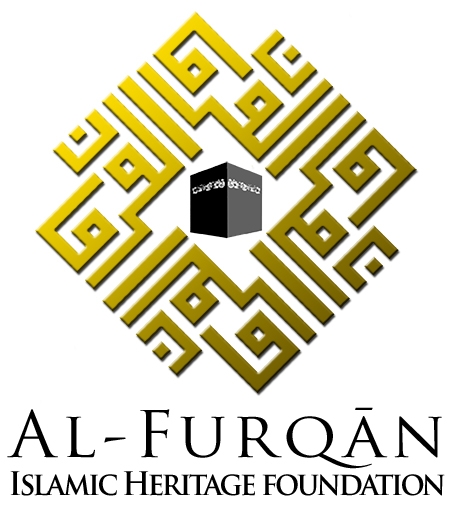 The Critical Edition of Texts between Different Narrations, the Importance of Auditions, and Multiple Versions
The Critical Edition of Texts between Different Narrations, the Importance of Auditions, and Multiple Versions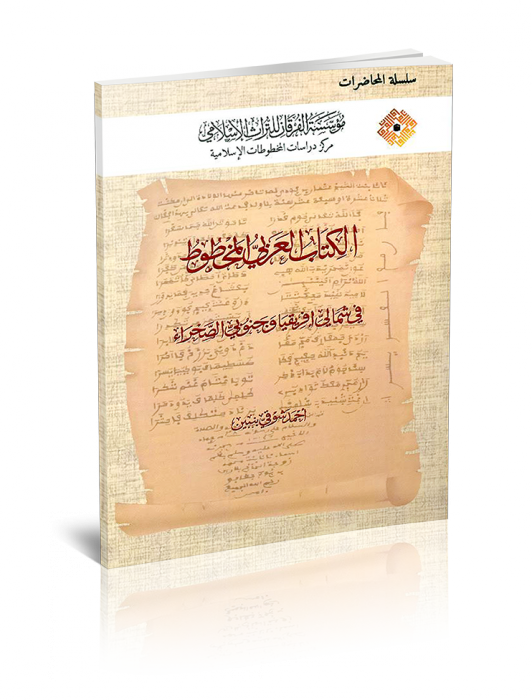 The Arabic Manuscripts in North Africa and Sub-Saharan Countries
The Arabic Manuscripts in North Africa and Sub-Saharan Countries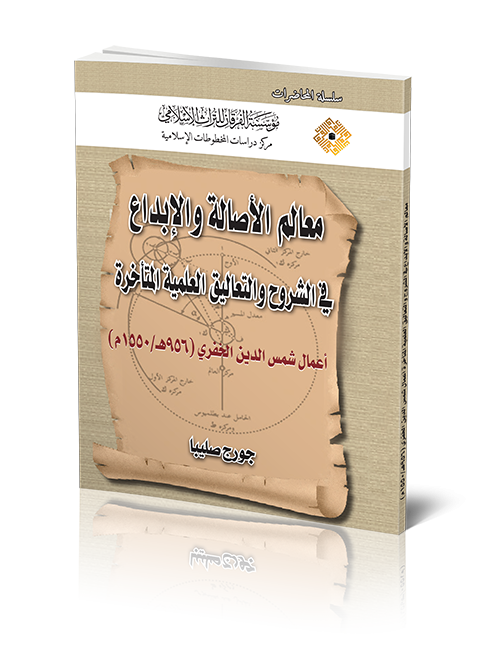 Late Arabic Scientific Commentaries: Their Role and their Originality : Works of Shams al-Dīn al-Khafrī (1550 C.E./956 A.H.) - Arabic version
Late Arabic Scientific Commentaries: Their Role and their Originality : Works of Shams al-Dīn al-Khafrī (1550 C.E./956 A.H.) - Arabic version